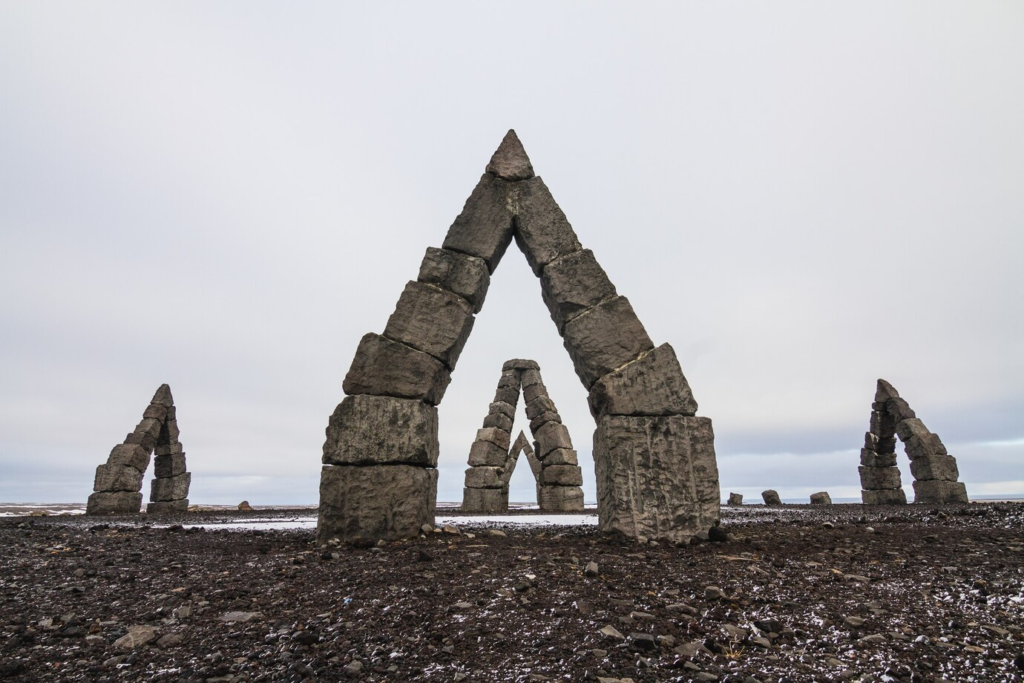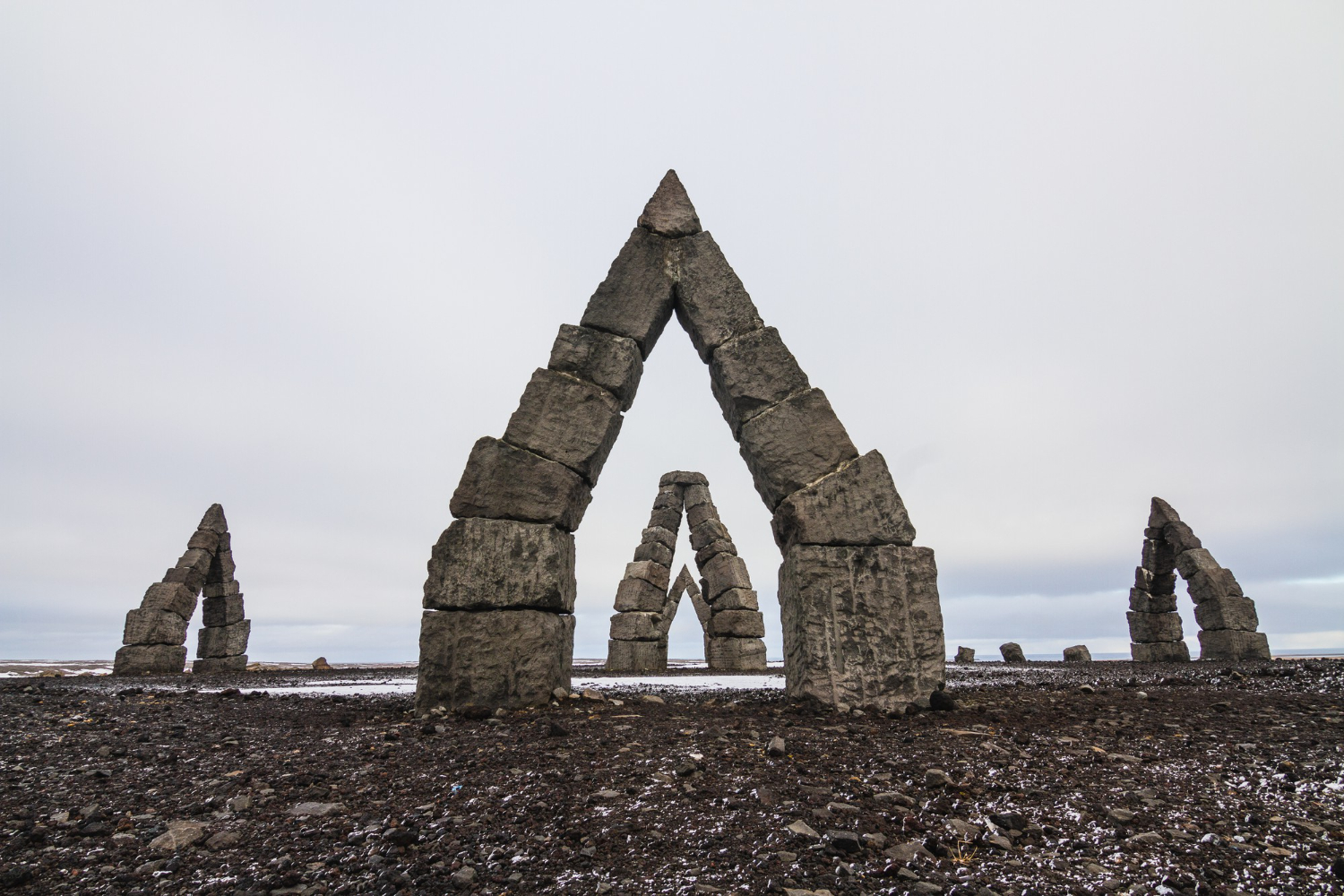Table of Contents
Complete History of Stonehenge
Stonehenge, one of the most famous and mysterious prehistoric monuments in the world, is located in Wiltshire, England. Built between 3000 BCE and 2000 BCE, this ancient stone circle has fascinated historians, archaeologists, and visitors for centuries.Comprising massive standing stones, some weighing over 25 tons, Stonehenge remains a subject of speculation. Scholars believe it may have served as a ceremonial site, astronomical observatory, or burial ground. Its alignment with the summer and winter solstices suggests that it had deep spiritual and astronomical significance for the people who built it.
Stonehenge is among the most iconic and mysterious prehistoric monuments in the world. It stands in Wiltshire, England, and is an ancient circle of colossal upright stones, some reaching up to 25 tons in weight, resting in earthworks on the plain of Salisbury. Dating from roughly 3000–2000 BCE, Stonehenge continues to fascinate with its early engineering skill and astronomical accuracy.

Origins and Early Construction (c. 3000 BCE – 2000 BCE)
1. The Earliest Phase (c. 3000 BCE)
- The first stage of Stonehenge involved the construction of a circular ditch and bank, known as a henge.
- Inside the ditch, 56 pits, called the Aubrey Holes, were dug. These may have held wooden posts or small stones used for religious or astronomical purposes.
2. The Arrival of the Bluestones (c. 2500 BCE)
- The first standing stones, known as Bluestones, were brought from Wales, over 150 miles away.
- These stones, each weighing 2–4 tons, were transported using log rollers, sledges, and possibly waterways.
- The purpose of these Bluestones remains unclear, but they may have been used for healing rituals or ancestor worship.
3. The Sarsen Stone Circle (c. 2500–2000 BCE)
- The Sarsen stones, much larger than the Bluestones, were brought from Marlborough Downs, about 20 miles away.
- These stones, each weighing up to 25 tons, were arranged in a circular formation with lintel stones placed on top, creating the famous trilithon structures (two vertical stones with a horizontal stone on top).
- This phase included the Heel Stone, which aligns with the rising sun during the summer solstice, reinforcing Stonehenge’s connection to astronomy.
Purpose and Theories
The true purpose of Stonehenge remains unknown, but several theories suggest its significance:
1. Astronomical Observatory
- Stonehenge’s alignment with the solstices and equinoxes suggests that it functioned as a solar calendar for tracking seasons.
2. Religious and Spiritual Center
- The site may have been used for rituals, ceremonies, and offerings to deities.
- The presence of cremated human remains suggests it was a burial site for high-status individuals.
3. Healing Site
- Some archaeologists believe the Bluestones from Wales were thought to have healing powers, making Stonehenge a prehistoric place of pilgrimage for the sick.
4. Meeting Place for Ancient Tribes
- Stonehenge may have served as a gathering place for different communities, strengthening social and political connections.
Later Use and Decline (2000 BCE – 1600 CE)
- Around 1600 BCE, the site’s construction slowed, and its significance declined.
- During the Roman period (43 CE – 410 CE), Stonehenge was largely abandoned.
- In the Middle Ages, myths and legends grew around Stonehenge, including the belief that Merlin the magician built it using magic.
Rediscovery and Modern Significance
1. 17th–19th Century CE
- Antiquarians like John Aubrey and William Stukeley studied Stonehenge, leading to early theories about its purpose.
2. 20th–21st Century CE
- Archaeological excavations revealed human burials, tool marks, and evidence of construction techniques.
- In 1986, Stonehenge was declared a UNESCO World Heritage Site.
- Today, it is one of Britain’s most visited landmarks, attracting historians, tourists, and modern pagans celebrating the solstices.
Conclusion
Stonehenge remains one of the most mysterious and awe-inspiring prehistoric monuments in the world. Its massive stone circle, precise astronomical alignment, and enigmatic origins continue to puzzle researchers and inspire wonder. Whether a temple, burial ground, or celestial calendar, Stonehenge stands as a testament to the ingenuity and spirituality of ancient civilizations.

